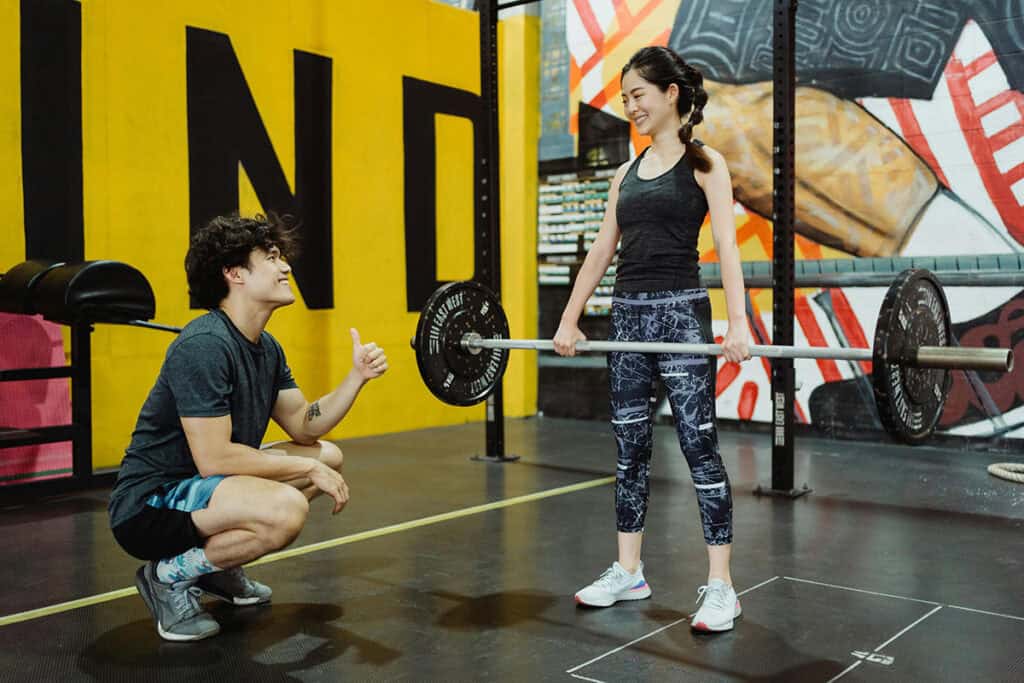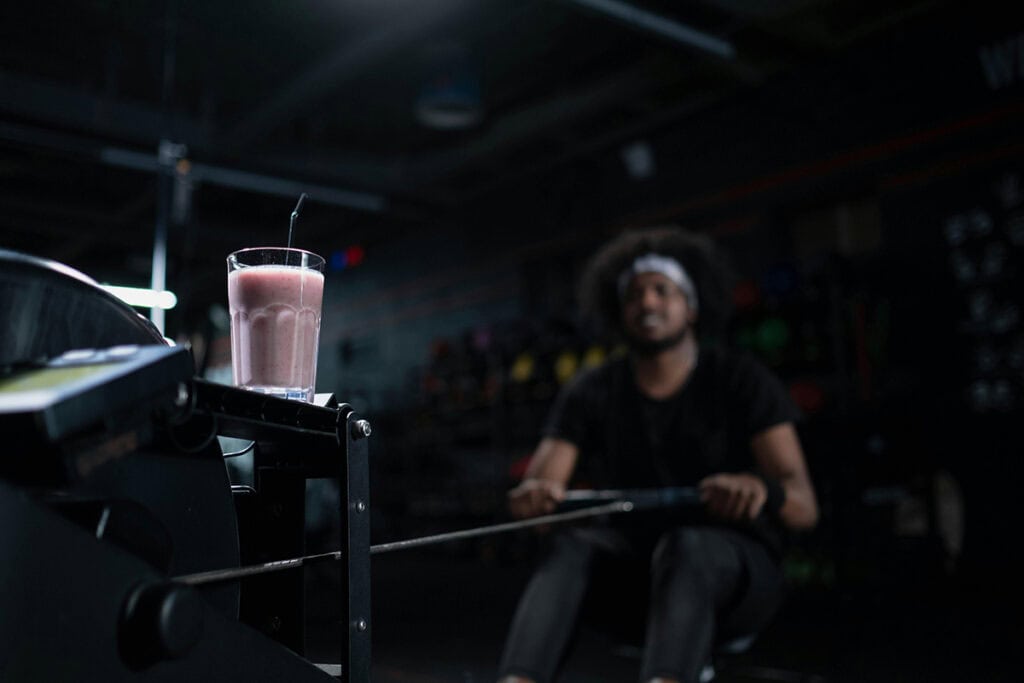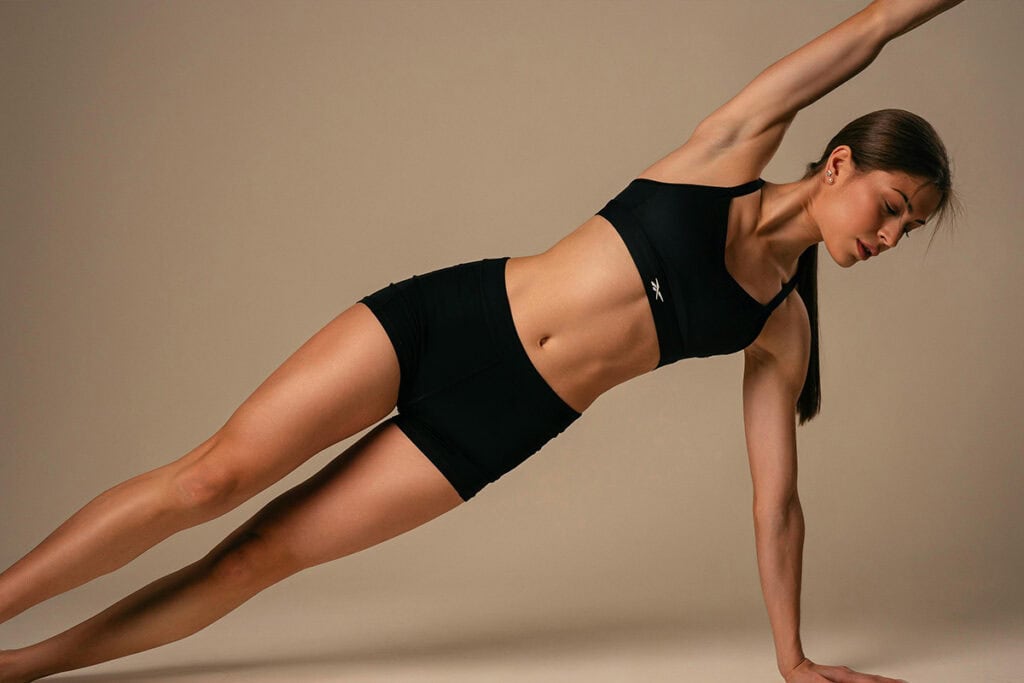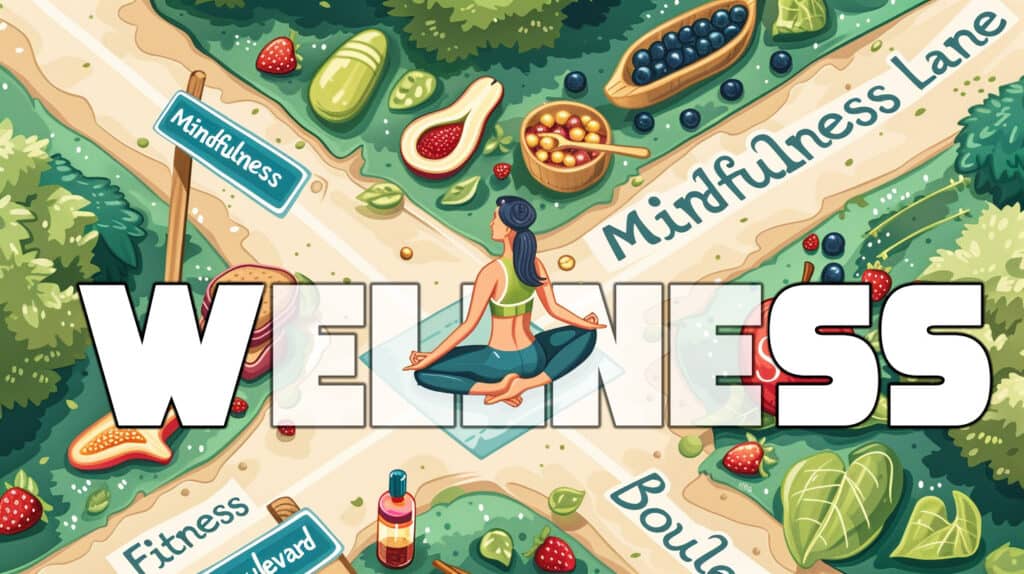Is it better to be lean—or fit? It’s a question many ask when chasing health goals, aesthetics, or performance. While the two often overlap, they’re not the same—and the difference could affect your body composition, long-term health, and even your risk of disease.
In this article, we break down 5 essential information to help you understand the difference between low body fat and full-body fitness:
- What low body fat percentage really means
- The role of stimulating muscle hypertrophy in fitness
- Why normal weight doesn’t always mean healthy
- The dangers of excess visceral adipose tissue
- How to reduce body fat while supporting your body type and overall wellness
Whether your goal is to sculpt a leaner look or build a stronger, healthier body, understanding this difference will guide you toward smarter, more sustainable progress.

1. What Does “Lean” Really Mean?

Being lean means maintaining a low fat percentage, typically visible through a defined muscular physique and a narrow waist circumference. Achieving a lean physique often requires a structured workout regimen, careful nutrition, and body fat monitoring.
Quick facts about being lean:
- Emphasis on low body fat percentage and body composition
- High visibility of muscle tissue with minimal abdominal fat
- May still lack muscle strength, endurance, or mental health benefits
- Can be achieved through a healthy diet with healthy fats and low fat milk
- Not always associated with lower mortality risk
Being lean often appeals to aesthetics, but without enough muscle mass or functional fitness, it may not support full physical health or long-term wellness.
See also Weight Loss Vision Board
2. What Does It Mean to Be Fit?

Fitness represents a state of high-functioning overall health, beyond just appearance. It includes optimal muscle growth, cardiovascular strength, flexibility, and balanced metabolism.
Quick facts about being fit:
- Achieved through consistent strength training and cardio
- Involves both muscle hypertrophy and fat control
- Supports better mental health, reduced risk factors, and increased lifespan
- Includes managing insulin resistance, body mass index, and total body weight
- Allows more flexibility in body composition—fit people can have higher fat percentages
A fit individual may not look “shredded,” but they can run, lift, bend, and function daily with ease, thanks to sustainable routines that emphasize adequate rest, growth hormones, and proper nutrition.
3. Lean vs. Fit: The Key Differences You Should Know

The distinction between lean vs. fit lies in the purpose and function of the body. While a lean body is low in fat, a fit body is built for performance, strength, and health.
| Feature | Lean | Fit |
|---|---|---|
| Focus | Body composition (low fat, aesthetics) | Overall health and performance |
| Appearance | Muscular physique, low body fat | Can vary—emphasis on function over form |
| Health | May reduce some risks, but not always healthy | Lower mortality risk, better mental and physical health |
| Training Style | Often aesthetic-based or calorie-focused | Functional fitness, strength training, endurance |
| Example | Bodybuilder cutting weight, low BMI | Marathoner, CrossFit athlete with balanced muscle mass |
Quick distinctions:
- Lean = Looks healthy, may not feel or perform well
- Fit = Performs well, may not look conventionally “shredded”
- Lean bodies lack endurance, strength, or metabolic resilience
- Fit bodies handle physical demands and reduce long-term health risks
4. Muscle Growth vs. Fat Reduction

The most effective health strategy lies in balancing muscle growth and fat reduction. Both goals support better body composition and functional capability.
Tips to stimulate muscle hypertrophy and reduce fat:
- Use compound lifts and progressive strength training
- Include adequate rest to boost growth hormones
- Eat a healthy diet rich in healthy fats and lean proteins
- Avoid excess calories that lead to fat gain or visceral fat
- Monitor body fat percentage, waist circumference, and muscle mass
- Incorporate cardio and resistance training in your workout regimen
Excess visceral fat can hinder muscle growth by disrupting hormone balance and increasing insulin resistance. Unlike subcutaneous fat, it surrounds organs and raises serious health risk factors. Prioritizing fat loss while building lean muscle improves body composition and supports better overall health and long-term physical performance.
The goal isn’t to get lighter—it’s to get healthier and stronger. Focusing on fat loss without building lean muscle often leads to poor physical health and loss of functional strength. Avoid extreme deficits that disrupt hormones or promote insulin resistance.
See also How to Feel Lighter Physically
5. Lean vs. Fit: Which Should You Aim For?

You don’t have to choose one over the other—ideally, you want both: a lean, muscular physique with high functional performance. But the right balance depends on your personal health goals and starting point.
Your ideal strategy:
- Focus on strength training for sustainable muscle growth
- Use cardio and nutrition to reduce body fat safely
- Track body composition, not just the scale or body mass index
- Avoid “bulking” without monitoring fat gain
- Maintain a normal weight with optimal lean muscle levels
Being fit with moderate fat is far healthier than being lean and weak. Fitness empowers longevity, performance, and mental clarity.
Lean vs. Fit: Final Takeaway
In the debate of lean vs. fit, the ideal approach is to build functional strength, improve overall health, and reduce risk factors—not just chase a low number on the scale. Aim for a body that performs as well as it looks.
In summary:
- Lean = Low body fat, not always strong or healthy
- Fit = High-functioning, with strong muscle tissue and mental health
- Best path = Combine muscle hypertrophy, proper diet, and adequate rest
True health isn’t defined by abs—it’s defined by the energy, strength, and resilience to live life well.


